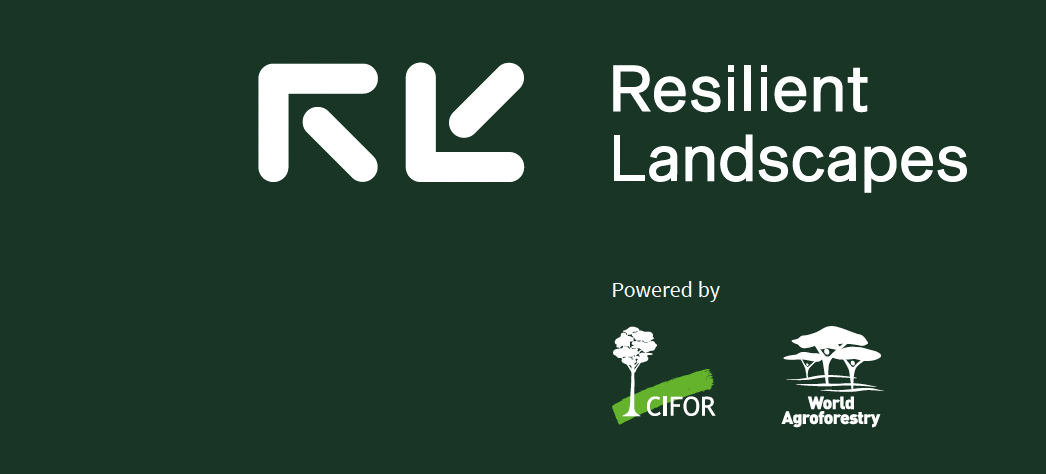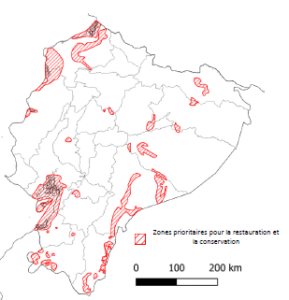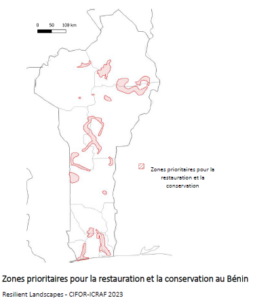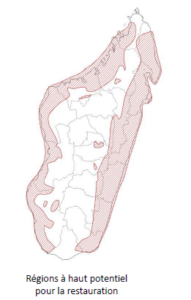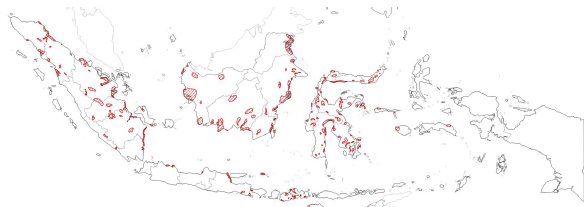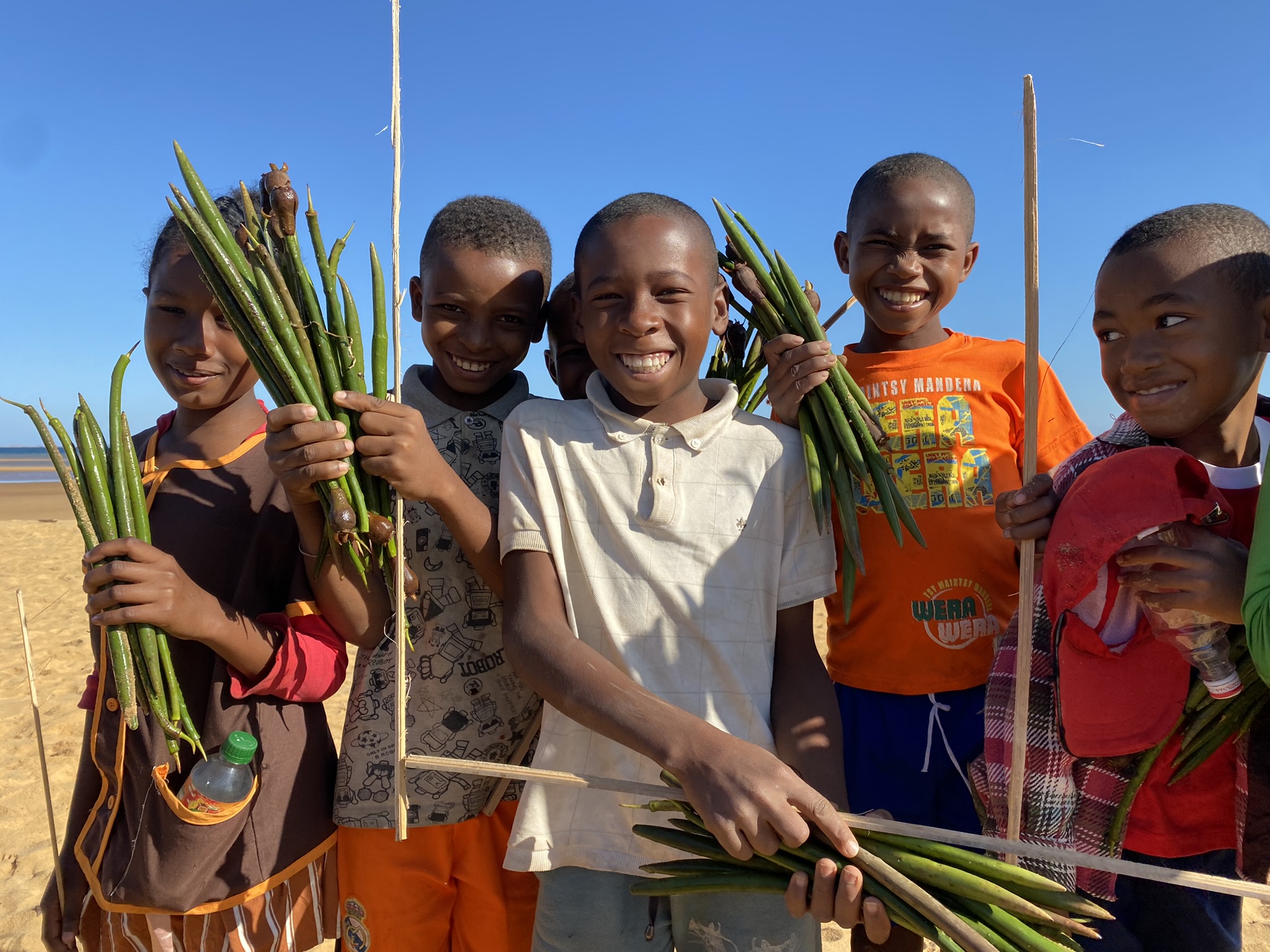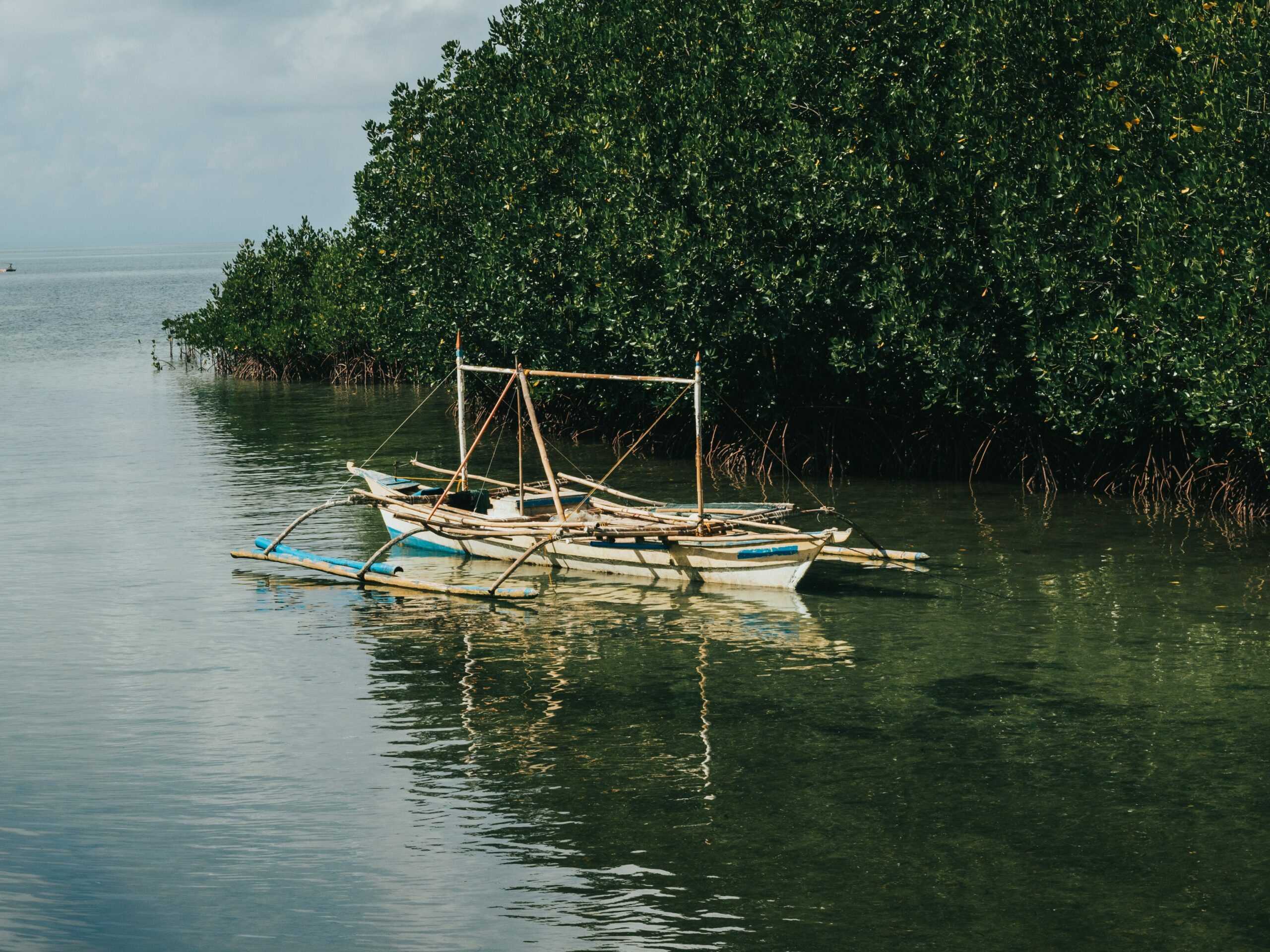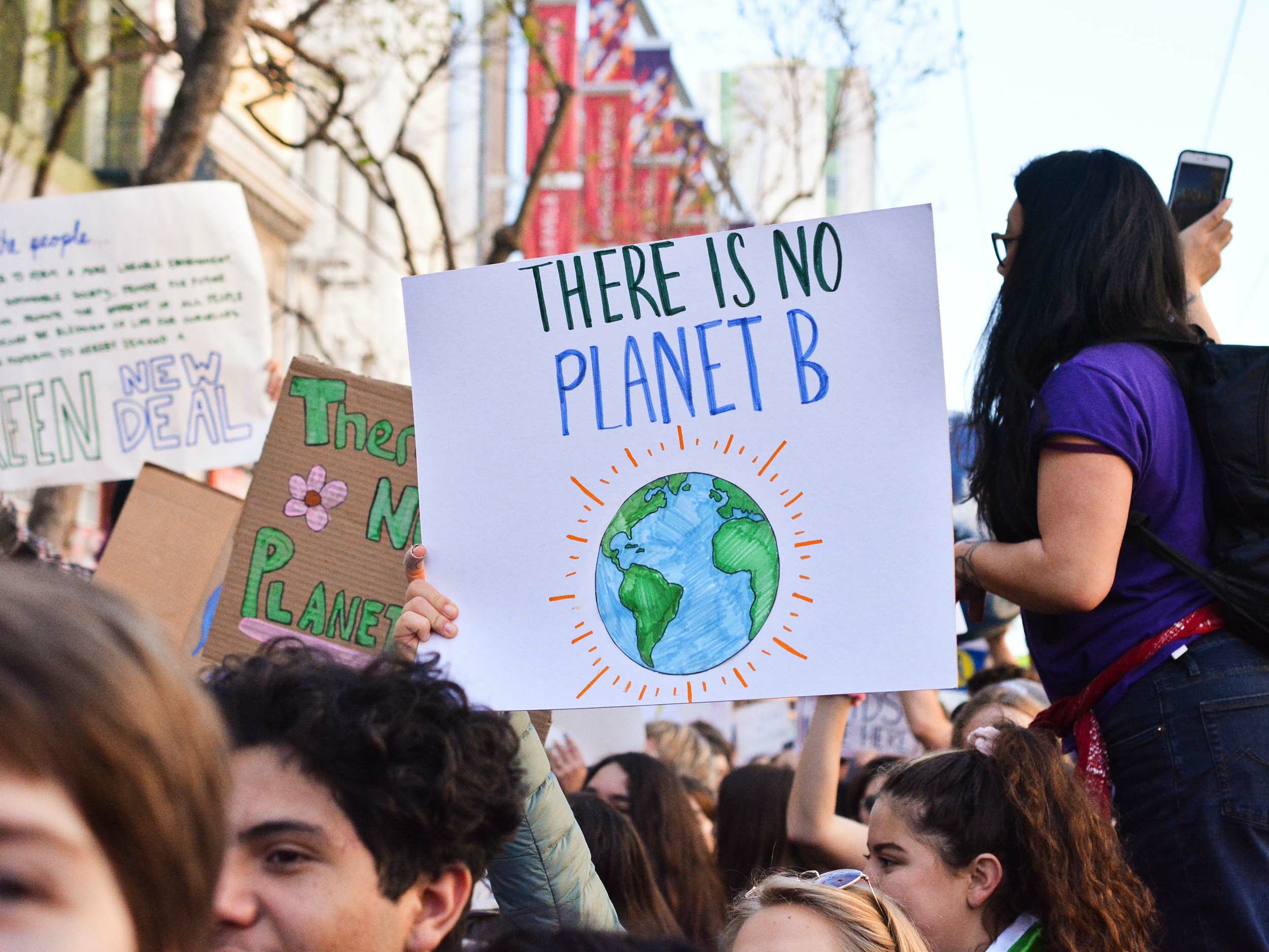18 April 2024 • NEWS
A major study to identify priority forest areas for restoration in Benin, Madagascar, Indonesia and Ecuador
We all have little time and limited resources to restore, repair and protect living things, and forests in particular. This means that we need to select priority areas for intervention, so as not to dilute our efforts and increase our chances of making a quality impact. But what are the criteria for selecting these areas? How can we rely on the many scientific studies conducted around the world?
